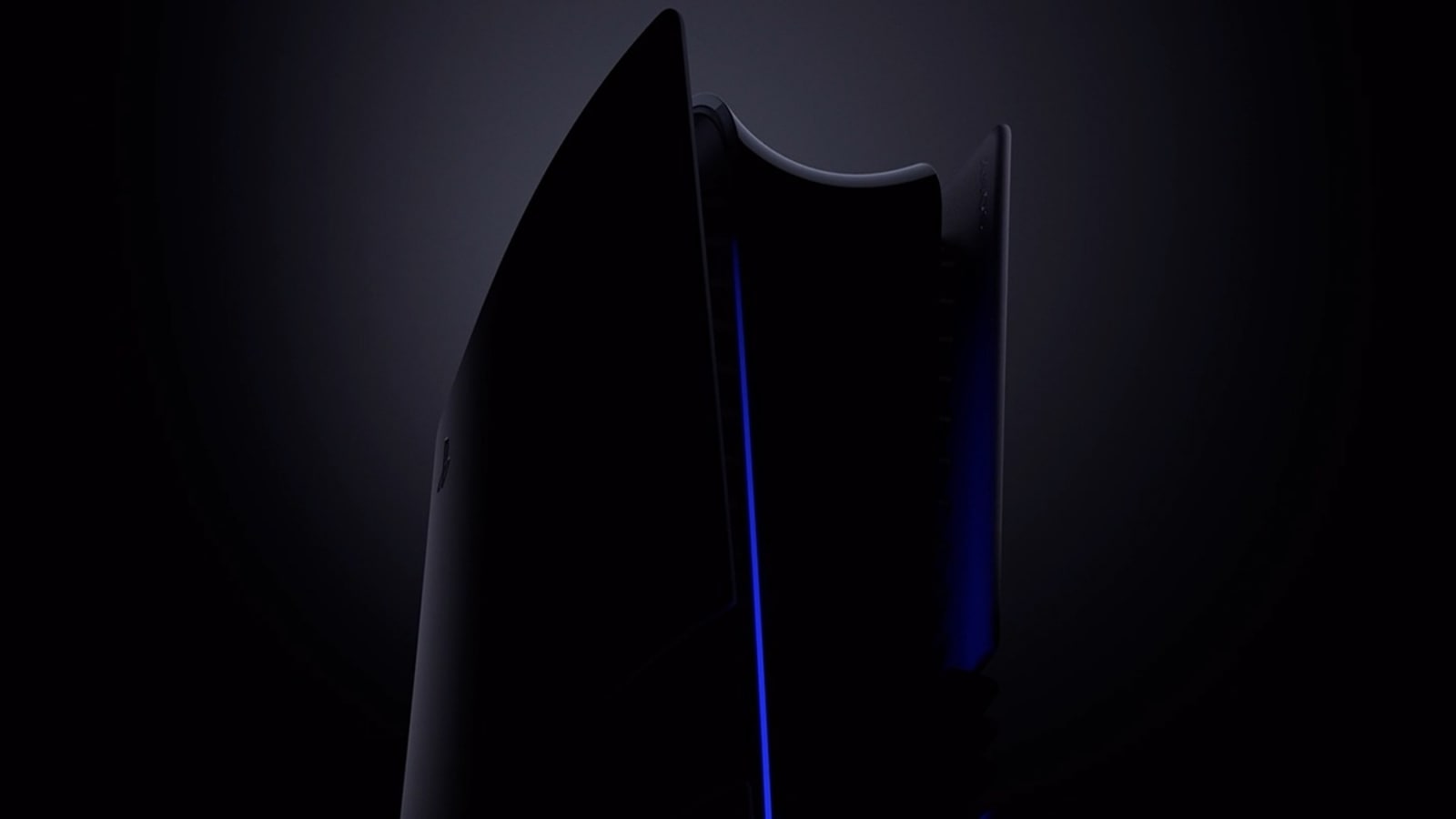In the dynamic landscape of technology, the convergence of the Internet of Things (IoT) and edge computing is ushering in a new era of innovation. This powerful alliance is reshaping the way data is processed, elevating speed, efficiency, and responsiveness to unprecedented heights within IoT applications.
The Evolution of Data Processing: From Cloud to Edge
Traditionally, IoT devices relied heavily on centralized cloud computing for data processing and storage. However, this model had its limitations, particularly in terms of latency and bandwidth. As IoT applications burgeoned, the need for a more agile and responsive solution became evident, leading to the rise of edge computing.
Understanding Edge Computing in the IoT Context
Edge computing involves processing data closer to the source, eliminating the need to transmit vast amounts of information to distant data centres. In the realm of IoT, this means shifting the computational workload from the cloud to the edge of the network, where data is generated, and action needs to be taken in real-time.
Enhanced Speed and Efficiency
One of the key advantages of leveraging edge computing in IoT is the drastic reduction in latency. By processing data locally, closer to where it’s generated, response times are significantly improved. This is particularly crucial in time-sensitive applications, such as autonomous vehicles, where split-second decisions can make a monumental difference in safety.
Optimizing Bandwidth Usage
Edge computing alleviates the strain on network bandwidth by minimizing the need to transmit large volumes of data to centralized servers. This not only leads to more efficient data utilization but also reduces the operational costs associated with data transfer and storage in the cloud.
Real-Time Responsiveness Unleashed
The marriage of IoT and edge computing empowers devices to make critical decisions on the spot. This real-time responsiveness is a game-changer in various industries, from manufacturing, where machinery can self-optimize for efficiency, to healthcare, with instantaneous analysis of patient vital signs.
Use Cases Across Industries
Manufacturing and Industry 4.0:
Edge computing enables predictive maintenance, ensuring that machinery can detect and address issues before they escalate, minimizing downtime and optimizing production efficiency.
Healthcare:
In healthcare, edge computing facilitates real-time monitoring of patients, allowing for immediate responses to critical changes in health metrics.
Smart Cities:
Edge computing supports the development of smart city infrastructure, where sensors and devices can quickly process data to enhance public safety, traffic management, and utilities.
Challenges and Future Outlook
While the benefits are immense, challenges such as security and the need for standardized frameworks persist. As the synergy between IoT and edge computing continues to evolve, industry leaders are actively addressing these challenges to unlock the full potential of this transformative partnership.
A Paradigm Shift in Data Processing
The convergence of IoT and edge computing is rewriting the rules of data processing. By distributing computational power closer to the data source, we are witnessing a paradigm shift that not only enhances speed and efficiency but also opens doors to unprecedented possibilities across industries. As technology continues to advance, the synergy between IoT and edge computing will undoubtedly play a pivotal role in shaping the future of data processing.

























